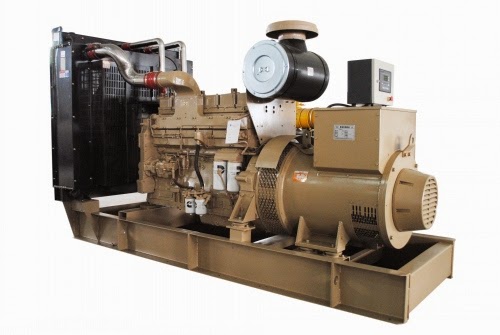Australia client order 2 sets generator in our factory
After a period of communicate by email and telephone,today Australia client visit our facotry for field trip,he visit our workshop and test room,and very satisfied with our diesel generator.He
order 2 sets 200kw and 220kw diesel generator,these generators will used on their power plants.All these generators coupled cummins engine with stamford alternator.The image is for clinet take picture with ours sales and sales manager.
Email:info@foundgenerator.com
web:www.foundgenset.com
Friday, August 22, 2014
Wednesday, August 13, 2014
10 sets diesel generator set send to Angola
10 sets silent diesel generator to Angola, these generator used for Construction engineering.
The assembling period lasted 2 weeks ,and the shipment time is 13th July 2014.
Thoese silent generator/power generator are driven by cummins engine with Siemens alternator,soundproof canopy.
All generator go though test before delivery.The clients is very satisfied with our gensets.
Wednesday, August 6, 2014
Marine euqipments are used for barge
Taizhou Fengde supply marine euqipment to one shipyard in Indonesia.The marine equipmet include
220V&380V distribution box,main control panel.All the electrical apparatus element adopt Schneider switch.Before delivery all marine equipments approved by CCS.
220V&380V distribution box,main control panel.All the electrical apparatus element adopt Schneider switch.Before delivery all marine equipments approved by CCS.
Monday, August 4, 2014
How large diesel generator do I need for my home or small business?
A. Every home or small business is different. The size of the generator is based on the type of appliances, equipment, pumps, air-conditioners and other electrical devices requiring power.
Your service panel is normally rated at 200 amps @ 240 volts and the average home uses approximately 140 to 160 amps of 240 volts power to operate everything at the same time. Your larger appliances (well pump, kitchen stove, water heater, electric dryer, electric heater and heat pump system) will typically use 240 volts power and the lights and other smaller appliances will use 120 volt power. It is important to consider this difference in doing the load calculations because the important calculation is to determine just how many amps and watts you will need. For example, if you want to operate your refrigerator (20 amps x 120 volts = 2400 watts), freezer (20 amps x 120 volts = 2400 watts), electric hot water heater (20 amps x 240 volts = 4800 watts), washer (20 amps x 120 volts = 2,400 watts) and electric dryer (30 amps x 240 volts = 7200 watts) all at the same time you will need approximately 19,200 watts to meet the breaker requirements for these appliances. In reality the breakers are typically oversized for safety by 10 to 15% and the above appliances will not all operate at peak at the same time and the above load can be handled with a 15,000 watt (15 kW) generator set (GenSet).
The major appliances, pumps, or other motor driven devices that you plan to operate with your generator system need to be considered when calculating the minimum size of a generator. Sizing a generator system requires you to honestly assess your needs and wants.
Generally you can cut through all this stuff with these simple rules. If you have 100 Amp service panel, use a 8-12 kW GenSet (use larger if you have air conditioning). If you have a 200 Amp service panel, use a 15-20 kW GenSet (again use the larger size if you have air conditioning or large well pump). If you have a 400 amp service panel, use a 30-50 kW GenSet (if you have lots of air conditioning or other larger loads use the large size in the range).
There are some other power requirements that will help you establish a minimum size generator system:
1) Well pumps usually require 2-3 times the run watts to start the pump.
2) Combination heat pump/air-conditioner systems are normally on 60 amp (14400 watts) breakers and use 30 amps (7200 watts) for the heat cycle and the same for the air-conditioning function.
3) Electric furnaces are typically on 50 amp breaker. (6,000 watts at 120 volts)
4) Hot water heaters normally use between 20 amps (4,500 watts) and 25 amps (6,000 watts) depending on the size and efficiency design
5) Electric kitchen stoves are usually on 50 amp (6,000 watts) breakers.
6) Air-conditioners come in a variety of sizes and ratings which need to be calculated based on the BTU output. A 2-ton unit is rated at 24,000 BTUs 20 amps (5000 watts) to start the unit and 15 amps (3,600 watts) to operate it. www.foundgenset.com
Subscribe to:
Posts (Atom)
